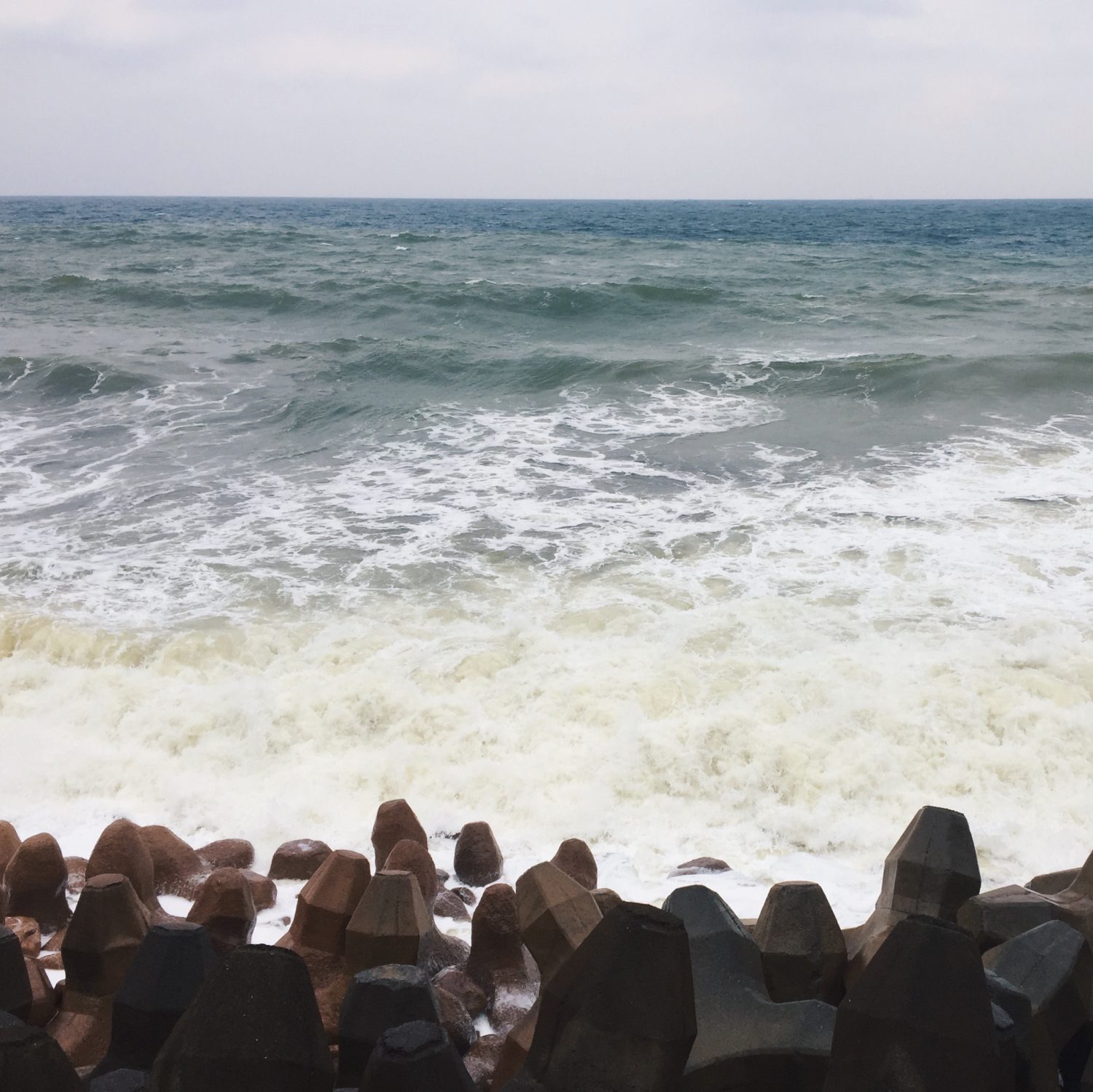Parameters, System, Efficiency
I agree with Hanson’s view on building a system that consists of parameters to bring about efficiency to a large extent. “Efficiency is achieved through good project management that identifies as many project parameters.” In order to identify the constraints of a project, one has to fully understand and do in-depth research before embarking on the project itself. This helps the designer to set clear outlines and distinctive goals. Sometimes, designers (myself included) just jump right into ideation and try to experiment with crazy and out of the world ideas. However, often, due to practical reasons, there are always constraints that exist like limited budget, lack of technological expertise, and manpower shortage. If these constraints were identified and clearly communicated at the start of the project, we will not have to go around in circles and restart from the ideation stage when we realize we are not able to proceed with our design.
Constraints are rules and regulations that must be maintained throughout the project which will help us to grow ultimately. Hanson mentioned that “True creativity is not about heaving mere artistic free down, but about producing good work in spite of limitations and challenges.” When we face constraints and limitations in our work, we are forced out of our comfort zone and think out of the box. We will face mental blocks, and we will face unreasonable clients, but at the end of the day, when we overcome these challenges, we know we have grown as a designer.
If we are looking from a user’s point of view, constraints may create a more positive user experience too. When users are “constrained”, their options become limited and they are compelled to do things in a certain manner. When users are restricted, they may be able to make a decision and reach their end goal more efficiently. E.g. – If I want to buy sweets from a shop and assuming that I do not have any existing knowledge of the variety of brands available, I will end up comparing the prices and other factors to decide which is the most value for money option. As opposed to a shop that only offers 2 brands, I will be able to make my decision more effectively and efficiently. However, some may argue that we need to cater to a wide range of consumers by offering many options to bring in sales. Ultimately, it’s about finding the right balance between constraints and freedom. As Dieter Rams would say, “Less but better”.
